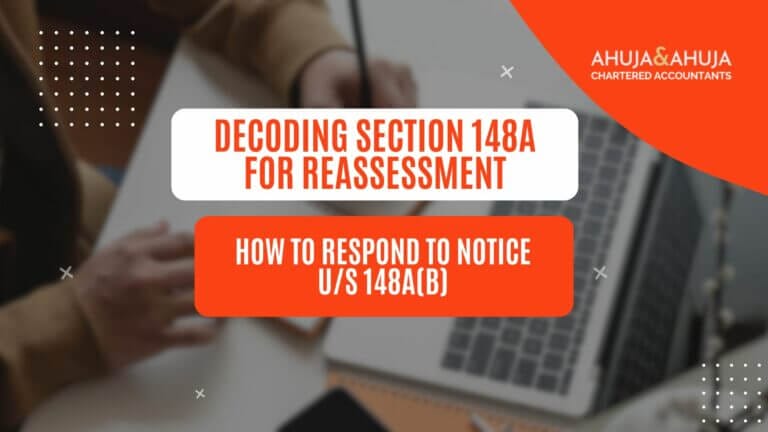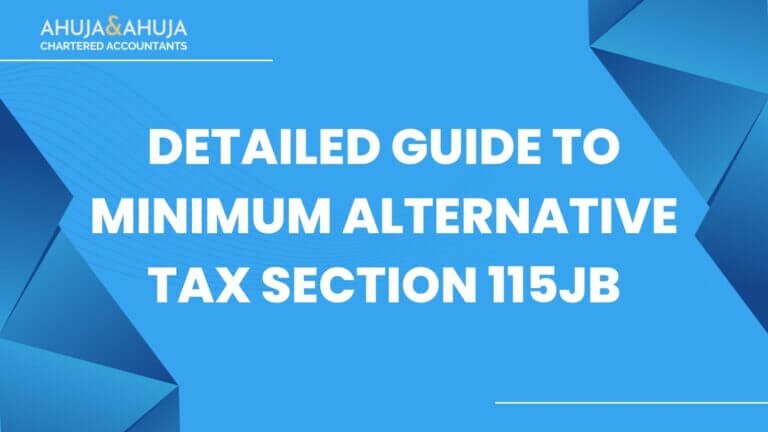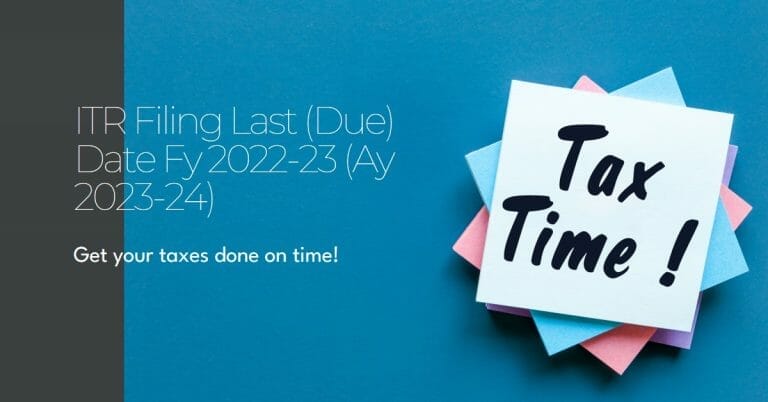All About Sections 269SS & 269T of Income Tax Act
In today’s digital era, the mode of conducting financial transactions has dramatically evolved from the traditional cash-only dealings to include a plethora of digital payment options such as net banking, credit cards, debit cards, and particularly UPI (Unified Payment Interface).
Despite these advancements, a significant portion of financial transactions in India still involves cash. This preference for cash can often lead to unrecorded transactions which pose challenges in tax regulation and facilitate tax evasion.
To address these challenges and promote financial integrity, the Income Tax Department introduced specific regulations within the Income Tax Act—Sections 269SS and 269T.
These sections are designed not only to curb unaccounted money but also to drive compliance ensuring all significant financial transactions are traceable and transparent.
Section 269SS Explained
Section 269SS of the Income Tax Act forms a crucial part of the regulatory framework aimed at combating tax evasion through undisclosed cash transactions.
This section discourages large unrecorded cash transactions by setting limitations on the acceptance of cash loans, deposits, or specified sum.
1. Definition and Purpose
- What is Section 269SS?: This section prohibits any person from accepting a loan or deposit or any specified sum of Rs. 20,000 or more in cash. This encompasses not just loans and deposits but also any specified sum which refers to any advance payment against transfer of immovable property.
- Objective: The primary objective behind this regulation is to curb the practice of under-reporting and non-reporting of financial transactions, and to push for more accountable and formal transaction methods.
2. Application and Scenarios
General Rule: If the total amount involved is Rs. 20,000 or more, it should not be accepted in cash. This applies to the cumulative amount accepted from a person in a day or in respect of a single transaction or transactions relating to one event or occasion from a person.For instance, if Mr. A wishes to purchase an iPhone costing Rs. 1,50,000 and considers taking a Rs. 50,000 loan from a friend, according to Section 269SS, this amount can’t be taken in cash if it’s Rs. 20,000 or more.
Example: Continuing from the above, if Mr. A already has a loan of Rs. 18,000 pending with the same friend and wishes to take an additional Rs. 15,000 to buy accessories, the cumulative outstanding thus reaching Rs. 33,000 falls under the purview of Section 269SS. This situation forces compliance where the loan amount cannot legally be transacted in cash.
3. Exceptions to the Rule
Several exceptions are provided under the law to accommodate practical scenarios where cash transactions might still be necessary.
These include:
- Transactions with the government
- Operations involving banking companies, post office savings banks, and cooperative banks
- Transactions carried out by any corporation established by a central, state, or provincial act
- Transactions with government companies as defined under the Companies Act.
Transactions between entities with agricultural income who do not have any taxable income or in specific scenarios where alternative payment methods aren’t feasible also qualify as exceptions.
By respecting these provisions, one ensures transparent financial dealings and assists in the broader goal of lawful financial discipline.
Section 269T Explained
Following the controls put in place by Section 269SS on accepting cash transactions, Section 269T deals with the repayment of loans, deposits, and other specified sums.
This section is designed to complement 269SS by ensuring that repayments also adhere to the norms of traceable transactions.
1. Definition and Purpose
- What is Section 269T?: Section 269T prohibits the repayment of loans or deposits or any specified advance in relation to transfer of immovable property in cash over Rs. 20,000. It requires repayments to be made through account payee cheques, demand drafts, or electronic clearing systems through bank accounts.
- Objective: The main goal of this section is to ensure that the repayment of loans and advances do not circumvent the formal banking channels which allow for the tracking of transaction histories and mitigate the risks associated with cash dealings.
2. Application and Scenarios
General Rule: The repayment of any loan or deposit or any specified sum, exceeding Rs. 20,000, must not be made in cash. This pertains to the total amount of repayment, and not just to individual transaction values.
For example, if Mr. B had loaned out Rs. 19,000 and the interest accrued totals to Rs. 2,500, the repayment sum totals to Rs. 21,500. According to Section 269T, this repayment cannot be made in cash as the sum exceeds Rs. 20,000.
Example: Consider a business that took a deposit of Rs. 100,000 for a service, but the service was cancelled. If the refund amount is Rs. 100,000, then as per Section 269T, this refund cannot be paid in cash. It must be processed through recorded banking channels only.
3. Exceptions to the Rule
Section 269T includes certain exceptions where the rigidity of non-cash payments may pose practical difficulties or where the institutions involved inherently manage documented transactions:
- Government agencies
- Banks including co-operative banks
- Post office savings banks
- Specific other notified entities
It’s essential for individuals and businesses to be aware of these guidelines to prevent inadvertent violations that could result in hefty penalties.
Penalties for Non-Compliance
Failure to comply with Sections 269SS and 269T can attract substantial penalties:
- Section 269SS Penalty: If a loan or deposit is accepted in contravention of this section, a penalty equal to the amount of the loan or deposit might be levied by the IT Department.
- Section 269T Penalty: Similarly, repayment of a loan or deposit in violation of Section 269T can attract a penalty of 100% of the amount of repayment.
These penalties underline the intent of the legislation to enforce fiscal discipline and transparency in transactions.
Conclusion
The enactments of Sections 269SS and 269T by the Income Tax department are pivotal in the crackdown against unaccounted cash flow and tax evasion.
By adhering to these sections, parties involved in financial transactions can ensure compliance with the law while promoting a more transparent and accountable financial environment.
For deeper insights into related financial regulations, consider exploring the comprehensive details on TDS on interest and Capital Gains Account Scheme.
Disclaimer
The materials provided herein are solely for educational and informational purposes. No attorney/professional-client relationship is created when you access or use the site or the materials. The information presented on this site does not constitute legal or professional advice and should not be relied upon for such purposes or used as a substitute for professional or legal advice.





